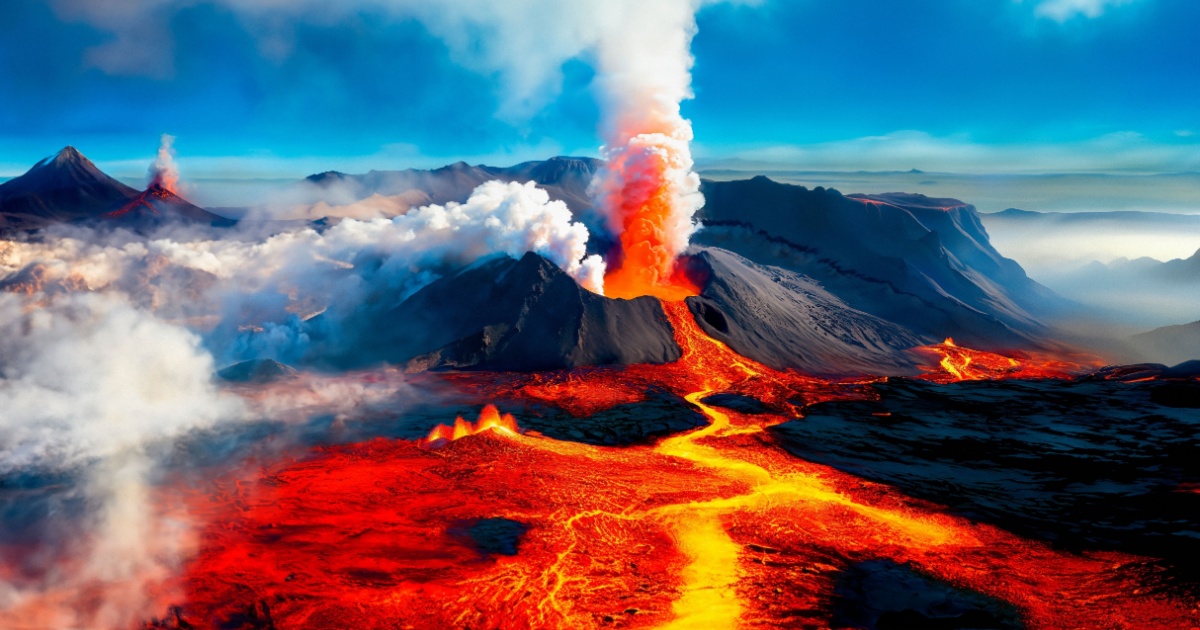
Shutterstock
When it comes to precious metals, gold is king. Sure, it isn’t the most valuable in terms of price per ounce, but it is easily tradable, verifiable, and it has a long history of being used as money throughout the Earth. To make it even better, there are more uses for gold today than ever before since it is an essential component of electronics, dentistry, and a myriad of other things.
With that in mind, you may be excited to learn that gold is leaking out of the Earth’s core and up to the surface. In fact, Gold is just one of many precious and rare metals that seem to be making their way up from the depths of our planet to the surface. Most of the time, they are pushed up into the oceans where they may form islands such as Hawaii, which is where this discovery was made.
The researchers published a study in the journal Nature that looked at how and why these metals are moving up from the core of the Earth. Nils Messling is a geochemist in Gottingun University’s Department of Geochemistry and the lead author of the paper. In a statement about their findings, he said:
“When the first results came in, we realised that we had literally struck gold! Our data confirmed that material from the core, including gold and other precious metals, is leaking into the Earth’s mantle above.”

Shutterstock
This isn’t just important because of the value of gold and other precious metals, though. Nils goes on to explain:
“Our findings not only show that the Earth’s core is not as isolated as previously assumed. We can now also prove that huge volumes of super-heated mantle material – several hundreds of quadrillion metric tonnes of rock – originate at the core-mantle boundary and rise to the Earth’s surface to form ocean islands like Hawai’i.”
Learning more about this exchange of material between the core of the planet, its surface, and, in all likelihood, the other layers as well is necessary for many things. While more research is certainly required, one can easily see how this type of data could help with things like mining, predicting earthquakes, accessing water, and much much more.
Forrest Horton is a geochemist at Woods Hole Oceanographic Institution and the lead scientist on the team. He said:
“We know very little about Earth’s core, other than that it exists. Traditionally, the core and outer layers of our planet (mantle and crust) were presumed to be geochemically isolated (i.e., material does not transfer back and forth). Increasingly, scientists have been challenging this notion.”

Shutterstock
This study is one of the first that present proof showing that there is a transfer of material between the various layers.
As more study is done, experts will have to revise their understanding of how the Earth evolved and what its future may look like.
If you thought that was interesting, you might like to read about 50 amazing finds on Google Earth.

